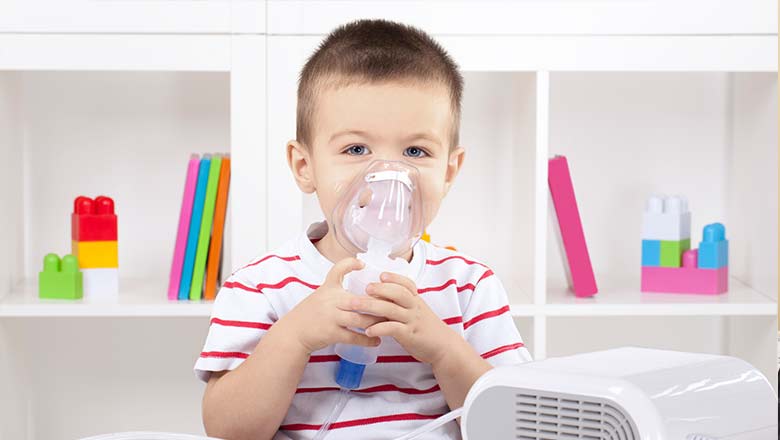Search

News & Events
Directing immune development to curb sky-rocketing diseaseOnce upon a time it was infectious diseases like polio, measles or tuberculosis that most worried parents. With these threats now largely under control, parents face a new challenge – sky-rocketing rates of non-infectious diseases such as asthma, allergies and autism.

News & Events
Funding boost to improve anaesthesia safety for kids with asthmaTelethon Kids Institute and the PMH Anaesthesia Research Team will work to improve the safety for young children with asthma undergoing general anaesthesia.

News & Events
Video: Aboriginal AsthmaWadjuk Nyungar man Walter McGuire talks about the importance of air quality to our health.
News & Events
Research reveals new link between Vitamin D, lung bacteria and asthmaA The Kids for Child Health Research study has uncovered a new link between vitamin D levels and asthma.
Research
The mechanism of deep inspiration-induced bronchoprotection: Evidence from a mouse modelIn healthy individuals, deep inspirations (DIs) taken prior to a bronchial challenge reduce the bronchoconstrictor response, which is termed...
Research
Antibacterial antibody responses associated with the development of asthma in house dust mite-sensitised and non-sensitised childrenWe aimed to measure the antibody development to 2 bacteria in a birth cohort at high risk of allergic disease, and to assess which responses are asthma-linked.
Research
Symptomatic viral infection is associated with impaired response to treatment in children with acute asthmaThe objective of this study was to examine the influence of viral respiratory infection (VRI) on treatment response in acute asthma in children.
Research
Restricted aeroallergen access to airway mucosal dendritic cells in vivo limits allergen-specificChronic innocuous aeroallergen exposure attenuates CD4+ T cell-mediated airways hyperresponsiveness in mice; however, the mechanism(s) remain unclear
Research
Bronchial brushings for investigating airway inflammation and remodellingAsthma is the commonest medical cause for hospital admission for children in Australia, affects more than 300 million people worldwide, and is incurable...
Research
Neonatal immune function and inflammatory illnesses in later life: lessons to be learnt from the developing world?With the emergence of allergic and autoimmune diseases in populations that have started to transit to a western lifestyle, there has been an increasing...
